- Shortages of two fossil fuels, natural gas and coal, have severely impacted electricity supply across regions
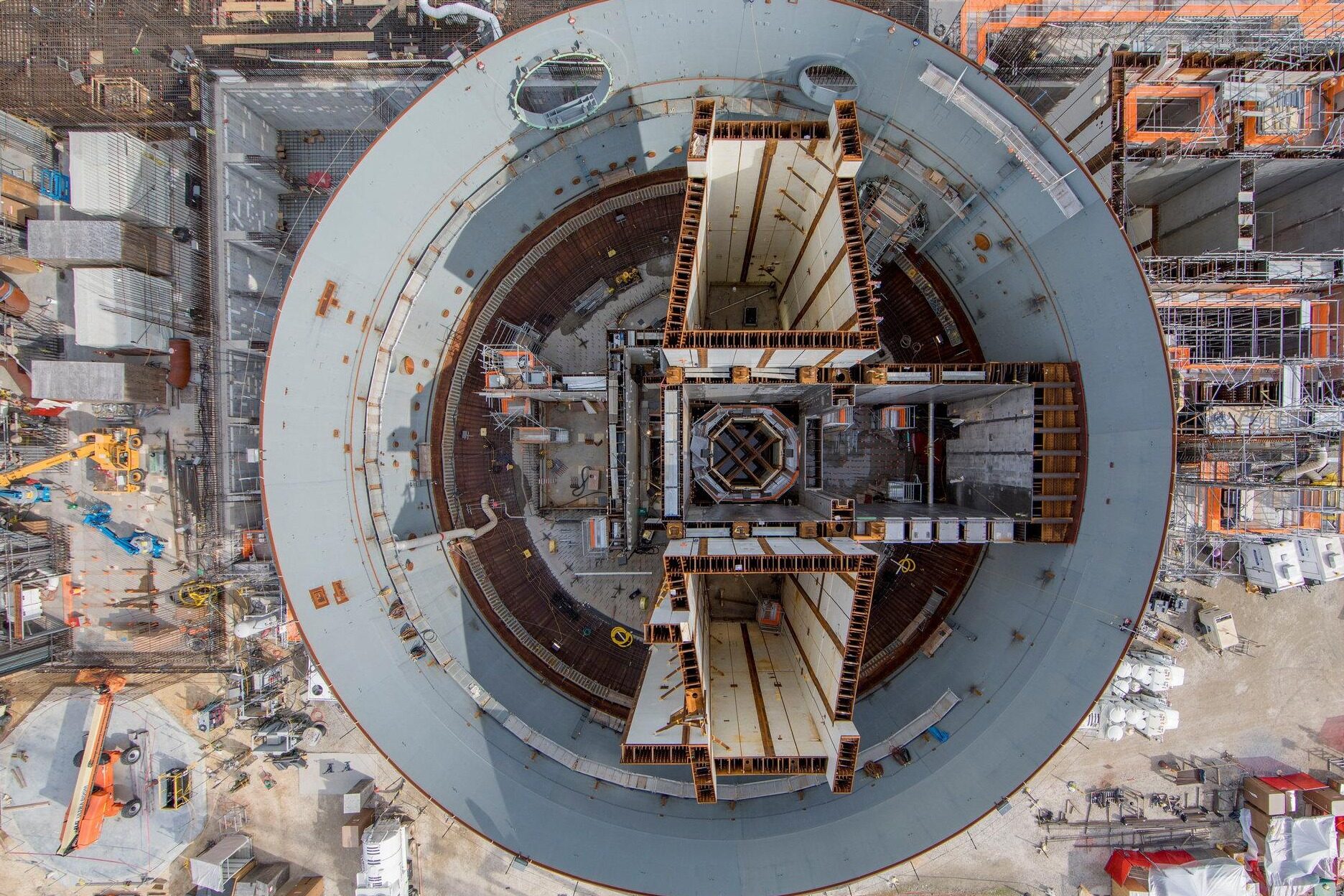
Asia is giving life to a once shunned nuclear power industry because of the global energy crisis. The governments of Japan and South Korea are rolling back their anti-nuclear policies, while China and India are looking to build more reactors to avoid supply shortages and curb greenhouse gas emissions. Even developing countries in Southeast Asia are exploring atomic technology.
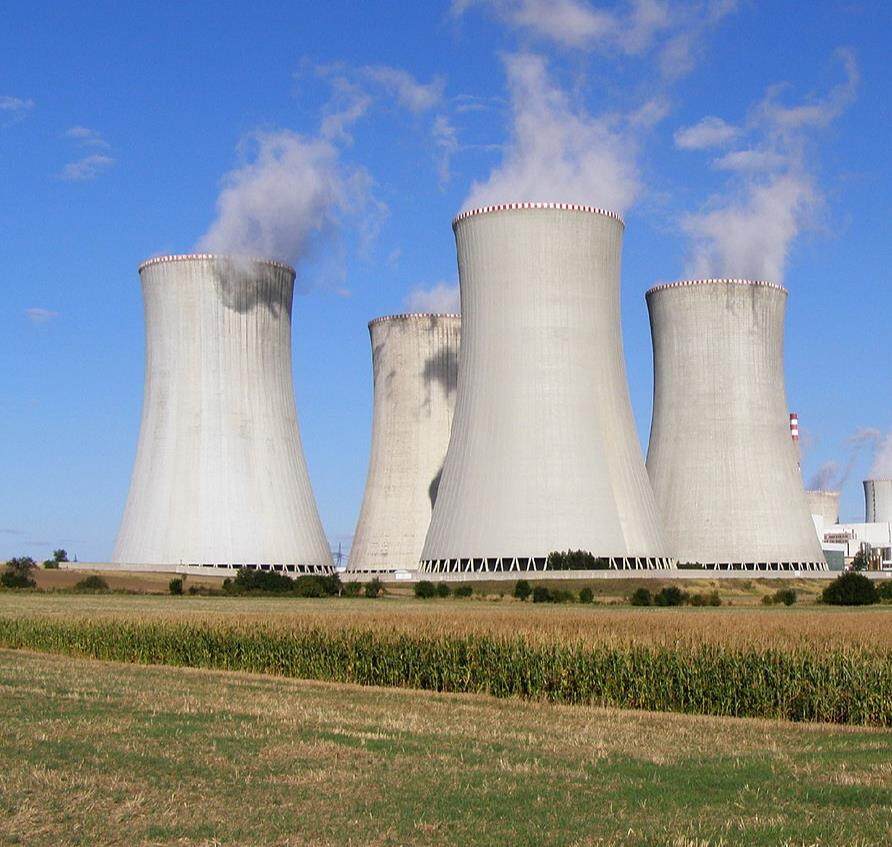
China is currently grappling with a historic heatwave that has left parts of the country short of electricity, saying it will speed up nuclear and hydropower projects. The country is in the midst of the largest reactor buildout in the history of the nuclear industry to meet its insatiable energy needs while also curbing its reliance on dirty coal-fired power plants. China currently has nearly 24 GW of nuclear capacity under construction, with another 34 GW planned, according to the WNA. If all this can be achieved, China will become the world's largest producer of nuclear power.
Natural gas and coal, the two fossil fuels used to generate most of Asia's electricity, have hit record highs this year as the Russian-Ukrainian crises upend markets, leading to an embrace of nuclear power. Future supplies will remain tight and prices will remain high as the world shifts away from Russia, a major fuel exporter. This makes clean and reliable nuclear energy critical to policymaking eager to control inflation, meet green targets and curb reliance on overseas energy suppliers. attractive to investors and utilities.
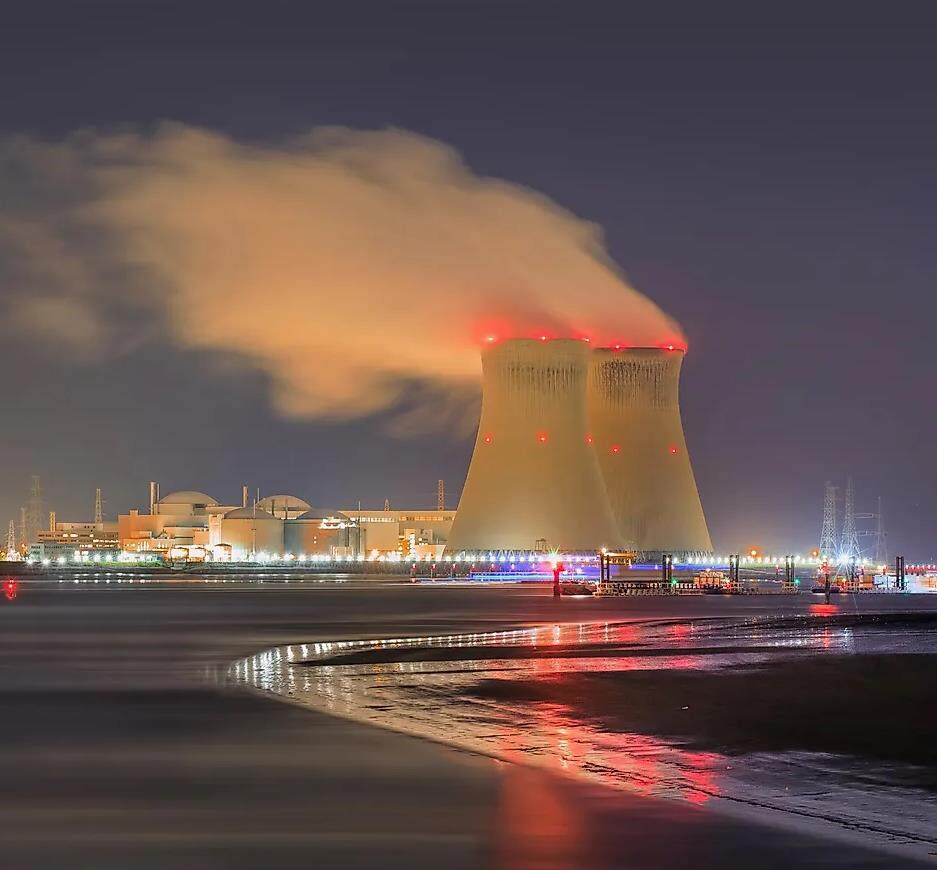
David Hess, a policy analyst at the World Nuclear Association, said the old resistance was crumbling at an alarming rate. Existing nuclear power plants produce some of the cheapest electricity. Soaring natural gas prices have made these clear economic advantages even more pronounced. It's a dramatic shift for the nuclear industry, which has been plagued by cost overruns, competition from cheaper fossil fuels and tighter regulation over the past few decades. Delays in a major nuclear project have led to the bankruptcy of industry pioneer Westinghouse Electric Co.
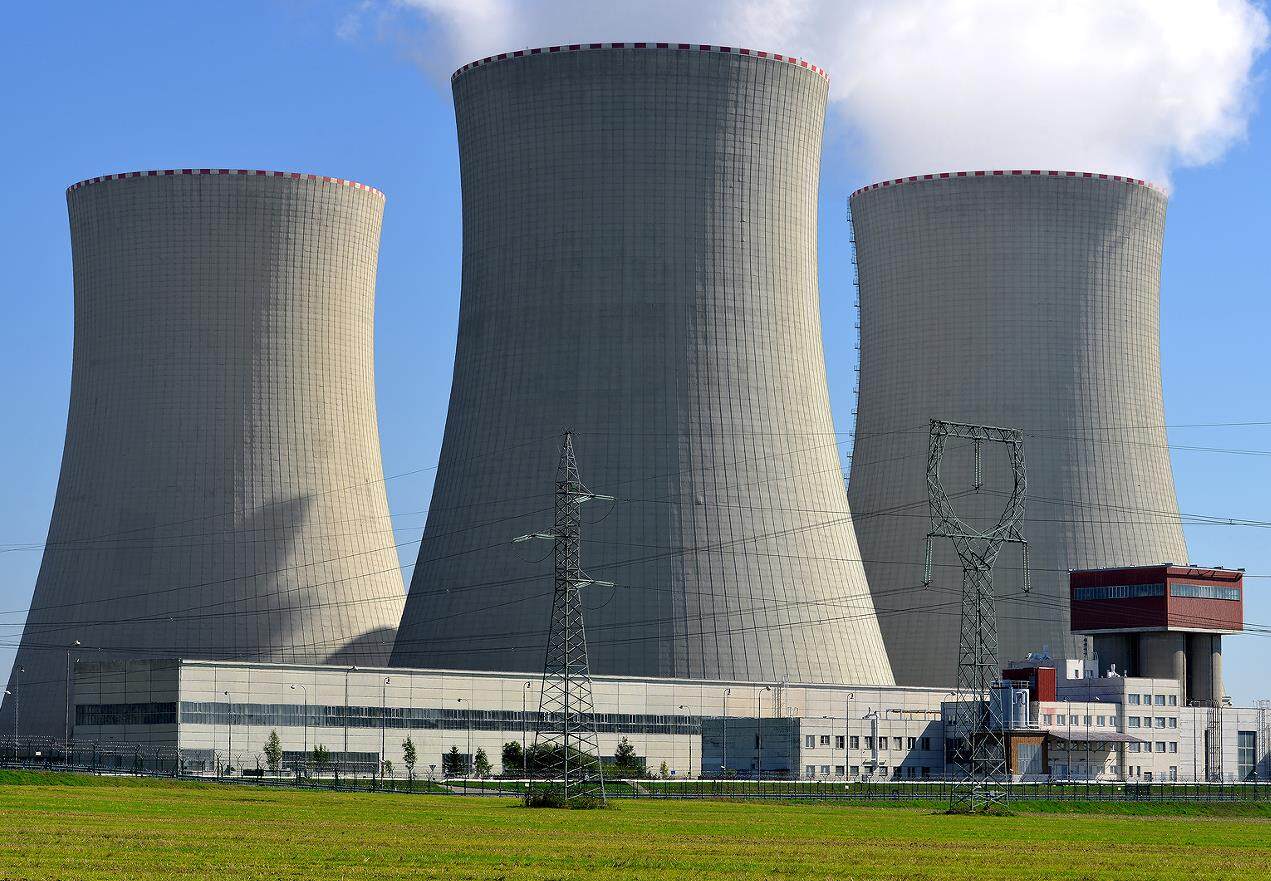
While the renaissance in nuclear power is global, with supporters from Britain to Egypt, the shift is perhaps most surprising in Asia, given that Asia has the closest view of the disaster that struck Japan more than a decade ago. The future of nuclear energy remained bright until a tsunami hit Japan's Fukushima Daiichi nuclear power plant in March 2011, causing the worst meltdown in decades. The incident has led some governments to believe that the risks of nuclear power far outweigh the benefits, and Germany and Taiwan have decided to set deadlines for closing their nuclear plants. The hefty cost and frequent delays of building new facilities also act as a deterrent. Unlike intermittent renewable energy projects such as wind and solar, nuclear power requires very little uranium to operate, which is currently abundant, and it generates electricity around the clock. Also driving the industry is progress in producing smaller, cheaper nuclear technologies, including small modular reactors, which could be attractive alternatives to tools to combat climate change.
Fear-based opposition from Fukushima has subsided as a decade of scientific research has tempered the severity of the accident and the Asian nation faces a more serious and deadly threat from energy shortages. That explains why Japan, which relies on imported fuel for most of its electricity, said it would explore the development and construction of next-generation reactors, while pushing for the restart of more idle nuclear reactors. It's a complete shift for Japan, which over the past decade has said it won't build more units or replace older ones.
Some 58 percent of the Japanese public are in favor of restarting nuclear power, the first time approval has outpaced disapproval since the paper began its survey in 2017. A similar shift is taking place in South Korea. In 2022, voters elected a former nuclear president who wants atomic energy to account for 30 percent of total electricity generation, reversing the previous administration's plan to abandon the reactor. He also vowed to make the country a major exporter of nuclear equipment and technology, and to integrate atomic and renewable energy to drive carbon neutrality.
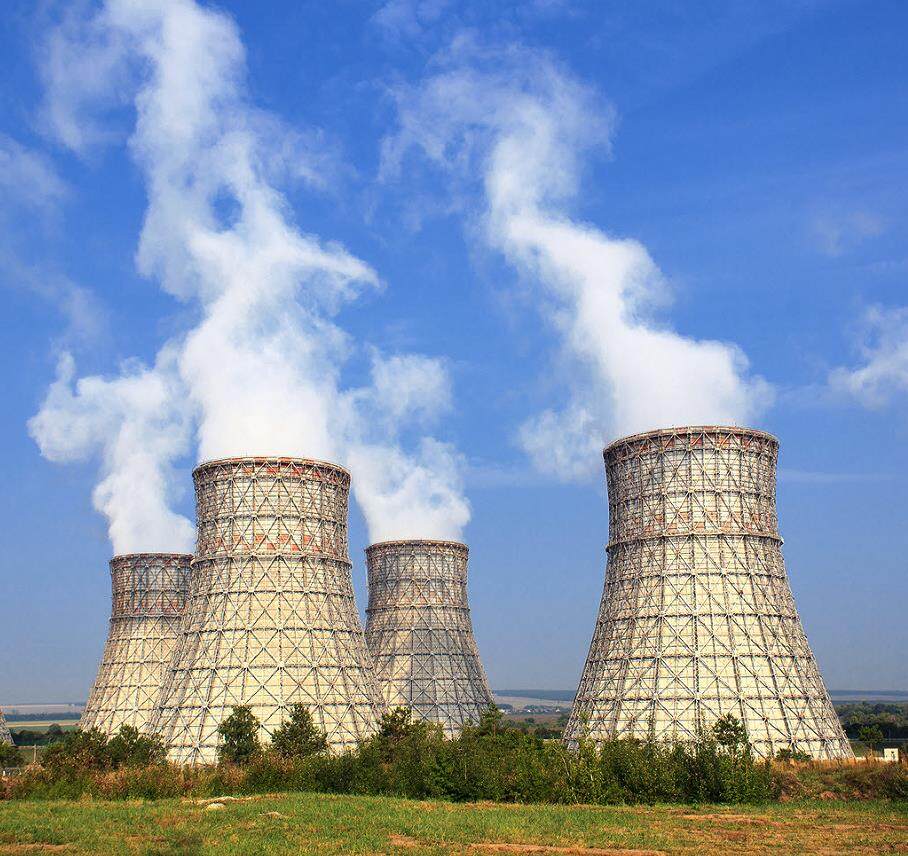
Prime Minister Narendra Modi's expansion into atomic energy has also gained momentum as India's largest power producer looks to develop two nuclear power projects. The country currently generates about 70% of its electricity from coal and about 3% from nuclear, but Mr Modi aims to more than triple its nuclear fleet over the next decade. Even cash-strapped countries in Southeast Asia are eyeing nuclear power. Philippine President Ferdinand Marcos Jr. told Congress last month that he would explore nuclear power plants to reduce electricity costs and increase energy adequacy. Keywords: engineering news, overseas news
Indonesia plans to start its first nuclear power plant in 2045 as part of an ambitious goal of achieving net-zero emissions by 2060. The island nation of Singapore said in 2022 that next-generation nuclear or geothermal technologies could make up 10 percent of its energy mix by 2050. While details are unclear, it is in line with the country's decision a decade ago that conventional reactors were not suitable.Editor/XingWentao
Comment
 Praise
Praise
 Collect
Collect
 Comment
Comment
 Search
Search



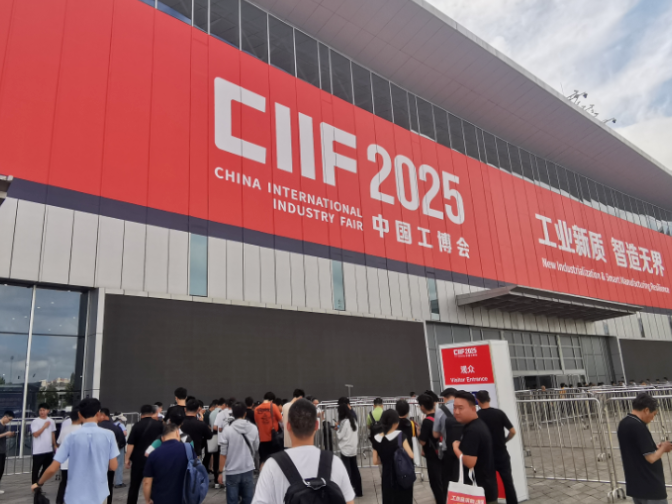
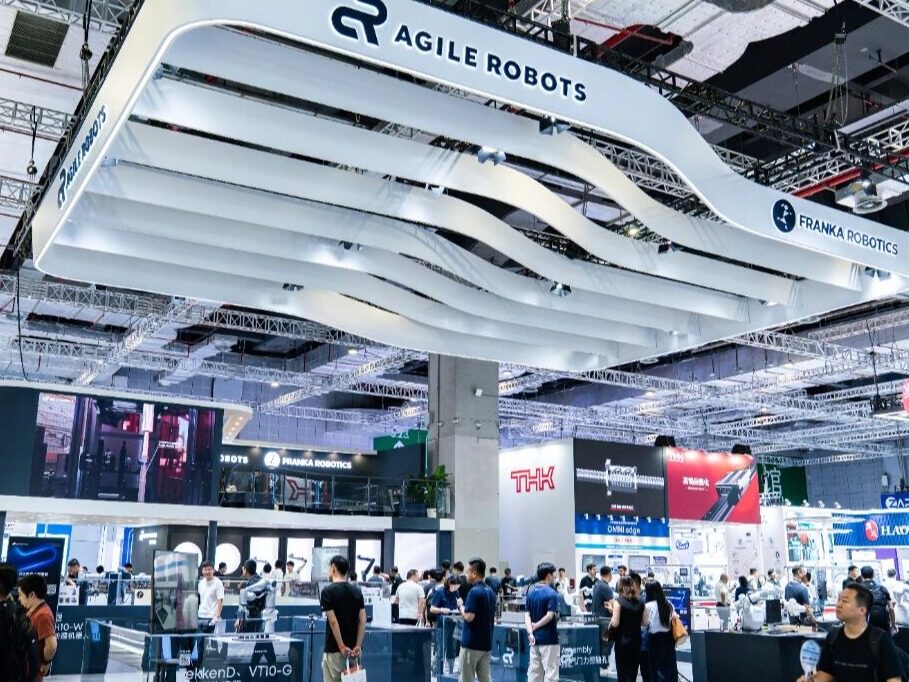
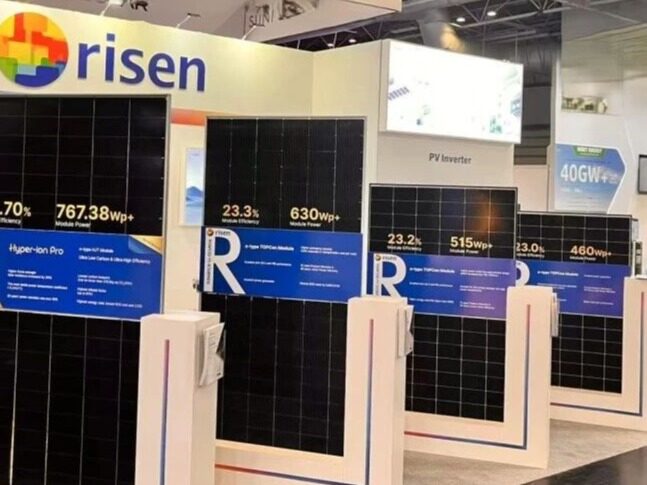
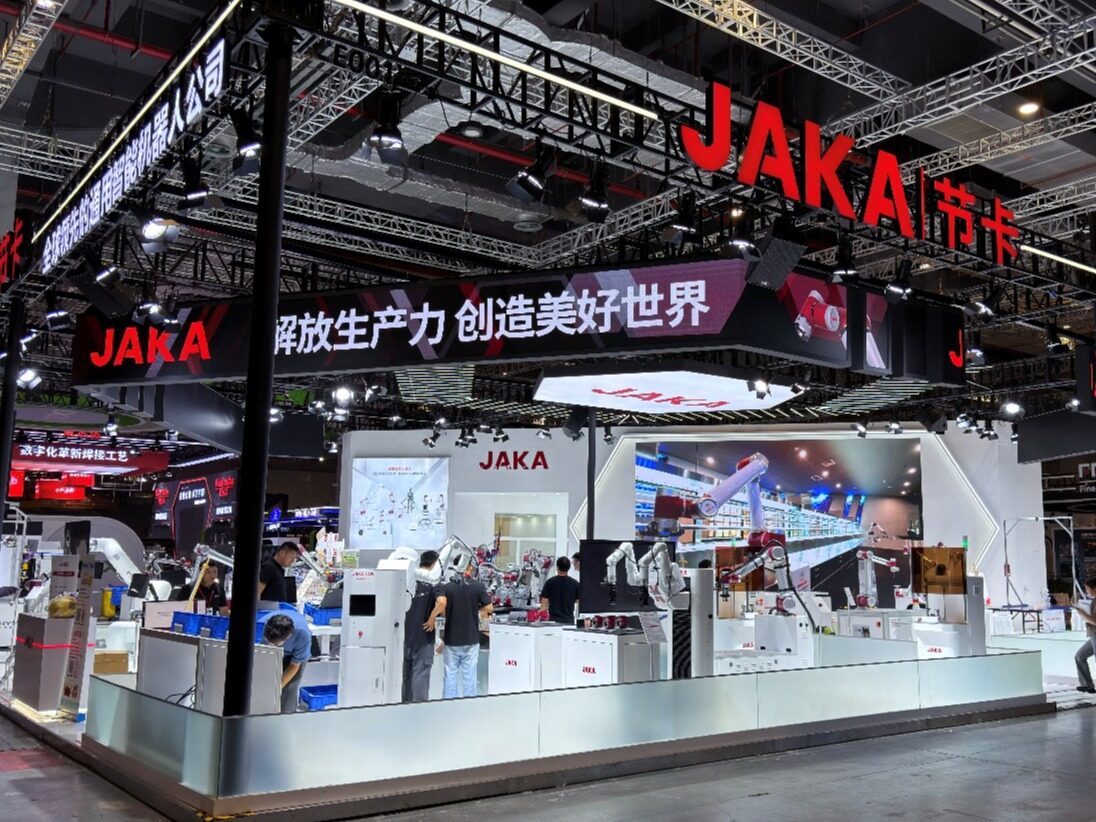
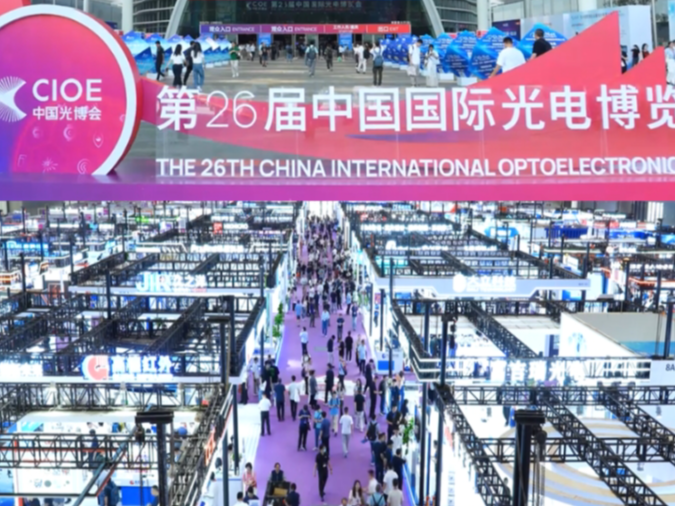






Write something~